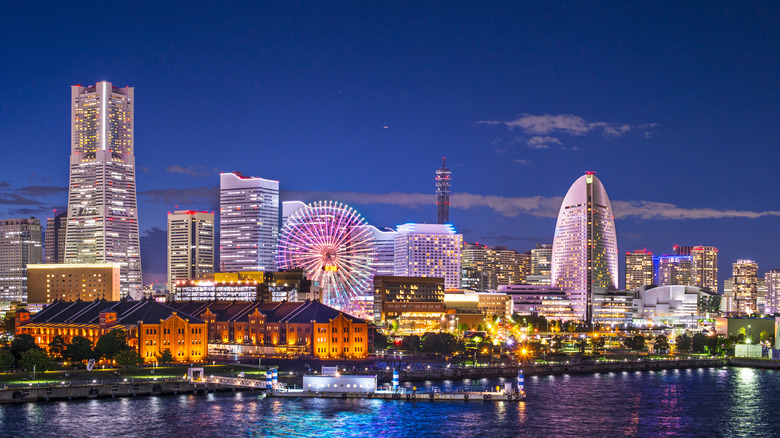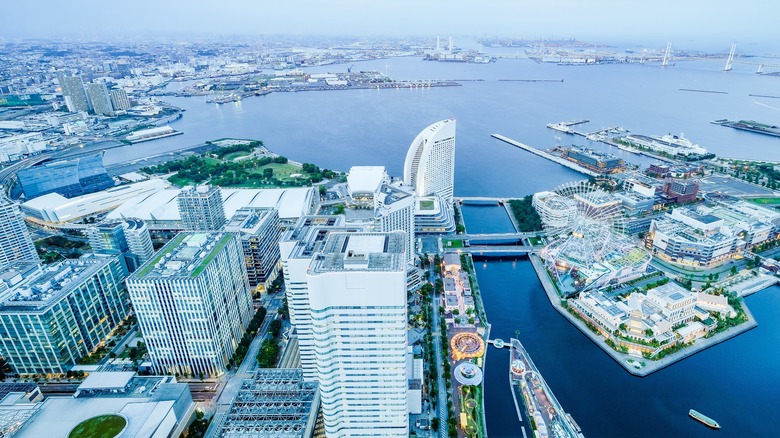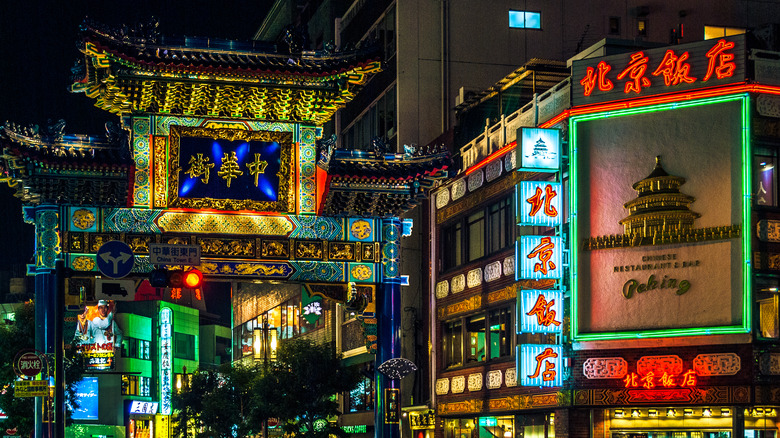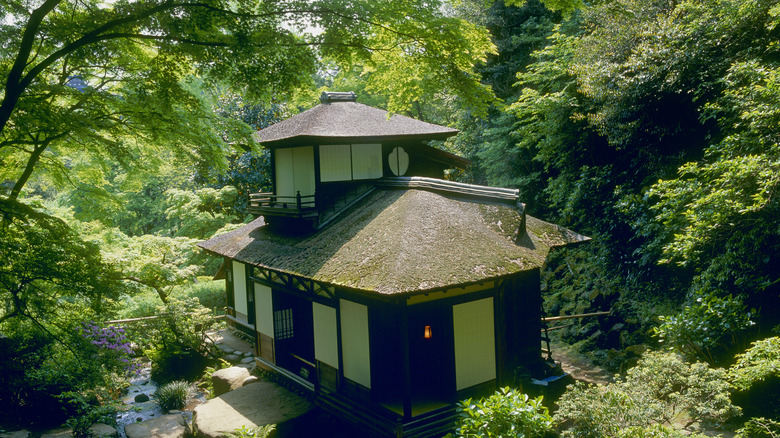Japan's Second-Largest City Is A Unique, Walkable Paradise Often Overshadowed By Tokyo
Located south of Tokyo, Yokohama ranks as Japan's second-largest city, with a population of just over 3 million residents. Although it is considered one of the most gorgeous cities in Japan, Yokohama is still often overlooked by the captivating and electric microcosm of the nation's capital. To further illustrate the feeling of being outshined, residents are able to see the Tokyo Skytree spire on the horizon. Yet, when you trace back to its historical roots, this harbor city is largely considered the birthplace of modern Japan. It was one of a select few entry ports where foreign merchants were allowed to disembark after the nation's isolationist period.
After entering into the international trade network in 1859, Yokohama quickly evolved and grew from a small coastal village into a thriving metropolitan center, sporting new advancements such as railways and gas-powered streetlights. The city quickly became known for its culinary fusions and is the foundational home of Japan's highly acclaimed Kirin beer. After undergoing such radical transformation compared to the rest of the island nation at this time, the city was nicknamed "Hamakko" to represent the forward-thinking port's culture.
Yokohama's famous harbor district
Essentially the city's flagship for urban development, Minato Mirai is considered the crown jewel of Yokohama. Within this district, there are an estimated 1,800 companies in office buildings, including the Nissan headquarters. A number of landmark skyscrapers are situated in Minato Mirai, like the Yokohama Three Royal Towers, the infamous sailboat silhouette of the InterContinental Yokohama Grand Hotel, and the imposing Landmark Tower, which was once Japan's tallest skyscraper from 1993 until 2014. From the moment pedestrians step out of the subway station, they are within easy walking distance of a host of shopping boutiques and savory international cuisines. The Cosmo World Amusement Park also offers an array of rollercoasters, attractions, and the iconic Cosmo Clock 21 Ferris Wheel with a height of 369 feet.
Beyond entertainment, Minato Mirai hosts a broad variety of educational museums. A short trek from Cosmo World stands the Yokohama Port Museum, where visitors are allowed to board and explore the Nippon Maru, a Western-style sailing ship used as a training vessel for the Japanese navy in the 1930s. As it's considered the artistic epicenter of the city, it is also well worth it to stop by the Yokohama Museum of Art to see some of the most stunning works created by renowned Japanese modern artists like Hasegawa Kiyoshi and Isamu Noguchi.
The unique Chinatown in Yokohama
While Chicago may have one of the best Chinatowns in the U.S., it might pale in comparison to Yokohama's equivalent. Referred to by locals as Chukagai, this community, located at the center of the city, can trace its origins back to the same time period when Yokohama opened its ports. A total of 10 gates mark the entrances and boundaries of Chinatown, the most famous of which is the dazzlingly decorated Zenrinmon Gate on the western side that's become an iconic symbol of the community.
The primary attraction here is the diverse arrangement of food stalls and restaurants that line Chinatown's narrow avenues. From friend sesame balls and yum cha to xiaolongbao soups, visitors are spoiled for choice when it comes to sampling authentic culinary dishes from different regions of China. If the language barrier isn't an issue, stop by one of the many fortune tellers to hear what new adventures the future might have in store. If your journey happens to coincide with the Chinese New Year in February, you might get the privilege of witnessing the ceremonial lion dances and vibrant street parades.
Breathe in the tranquility of Sankeien Gardens
After sampling all of the delicious dishes Chinatown has to offer, take a stroll through the nearby Sankeien Garden. This spacious, meticulously curated Japanese park serves as a wonderful alternative to other popular cities like Kyoto. Opened in 1904 and named after its creator, Hara Sankei, the garden consists of 43 acres of picturesque landscaping dotted with historic tea houses and homes. At the center of this park lies Sankei's original private residence, known as Kakushōkaku, where the founder hosted a broad range of exhibitions displaying the works of rising local and national artisans.
The renovated Rinshunkaku Residence, known as the grand summer villa to one of the three noble houses of the famous Tokugawa family, was opened for the first time for public viewing in 2022. In the fall, locals flock to the Sankeien Gardens to experience Kangetsukai, or the Harvest Moon Viewing Festival, which features a number of performances with classical Japanese instruments, like the biwa and koto. During this season, you can also check out a breathtaking view of Sankeien's three-story pagoda, a replica of Kyoto's Tomyoji Temple, framed naturally by the burnt amber hues of the leaves. Continue your hunt for autumn leaves at these fall foliage getaways in Japan.



